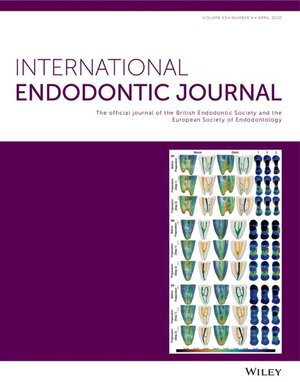Dental pulp stem cells (DPSCs) contain a population of stem cells with a broad range of differentiation potentials, as well as more lineage-committed progenitors. Such heterogeneity is a significant obstacle to experimental and clinical applications. The aim of this study is to isolate and characterize a homogenous neuronal progenitor cell population from human DPSCs.
Polysialylated-neural cell adhesion molecule (PSA-NCAM+) neural progenitors were isolated from the dental pulp of three independent donors using magnetic-activated cell sorting (MACS) technology. Immunofluorescent staining with a panel of neural and non-neural markers was used to characterize the magnetically isolated PSA-NCAM+ fraction. PSA-NCAM+ cells were then cultured in Neurobasal A supplemented with neurotrophic factors: dibutyryl cyclic-AMP, neurotrophin-3, B27 and N2 supplements to induce neuronal differentiation. Both PSA-NCAM+ and differentiated PSA-NCAM+ cells were used in Ca2+ imaging studies to assess the functionality of P2X3 receptors as well as membrane depolarization.
PSA-NCAM+ neural progenitors were isolated from a heterogeneous population of hDPSCs using magnetic-activated cell sorting and anti-PSA-NCAM MicroBeads. Flow cytometry analysis demonstrated that immunomagnetic sorting significantly increased the purity of PSA-NCAM+ cells. Immunofluorescent staining revealed expression of pan-neuronal and mature neuronal markers, PGP9.5 and MAP2, respectively, as well as weak expression of the mature sensory markers, peripherin and islet1. ATP-induced response was mediated predominately by P2X3 receptors in both undifferentiated and differentiated cells, with a greater magnitude observed in the latter. In addition, membrane depolarizations were also detected in cells before and after differentiation when loaded with fast-voltage-responding fluorescent molecule, FluoVolt™ in response to potassium chloride. Interestingly, only differentiated PSA-NCAM+ cells were capable of spontaneous membrane oscillations.
In summary, DPSCs contain a population of neuronal progenitors with enhanced neural differentiation and functional neural-like properties that can be effectively isolated with magnetic-activated cell sorting (MACS).



